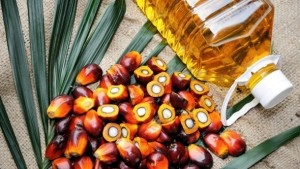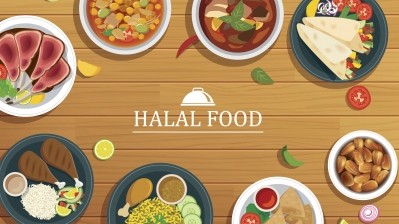Dateline Southeast Asia
Cambodia calls on Thai halal expertise to boost homegrown industry

“Thailand wishes to expand halal food production in Cambodia to serve Muslim communities and tourists,” said Darm Boontham, a senior Thai diplomat, at a meeting to discuss a plan to do so in Phnom Penh.
The plan will be included in a policy on halal products to be presented to Cambodia’s Council of Ministers for approval this year.
Thailand will also support its investments by training Cambodian officials to understand the processes involved for halal production.
“Cambodia has started to develop and prepare halal products on a small scale since 2008,” Soeung Sophary, spokeswoman at the Commerce Ministry, said.
“We are now contacting development partners and trade partners from Thailand, to help us improve our production.”
The fledgeling industry would target Cambodia’s small but visible Muslim population, as well as exports.
The commerce ministry has already established a committee to examine halal products and prepare a roadmap to introduce a certification system.
It has often voiced hopes that it would attract a bigger share of Muslim tourists by having halal food available more widely across the country.
“A 100% guarantee for halal food plays a part in attracting Muslim tourists from Muslim-majority countries. It’s an incentive from just having a tour guide speaking their languages and bringing them to places with good hospitality,” Ho Vandy, secretary-general of the Cambodian National Tourism Alliance, told Khmer Times.
He added that he expected a greater influx of Muslim tourists this year after America banned some nationalities from its shores.
“We can see the large numbers of new hotels being constructed to receive the increasing number of tourists. However, very few new restaurants serving halal food are being built for Muslim tourists,” he added.
According to official figures, just over 300,000 tourists arrived in Cambodia from Muslim-majority countries last year.
More stores from Southeast Asia…
Singapore chain to roll out 100 cooked-crab vending machines by March
A chain of seafood restaurants in Singapore has opened what appears to be the world’s first cooked-crab vending machine, which come piping hot in three flavours and vacuum sealed in under six minutes.
House of Seafood operates the 24-hour machine at its Punggol Settlement outlet, where customers can also buy frozen pre-cooked crab, bak kut teh, chicken rice and nasi lemak.
After selecting a dish from a touch-screen menu—the crab comes with options of black pepper, chilli and salted egg yolk sauces—and making payment, the user will see an onscreen countdown of the time it will take to thaw and cook the crab in a built-in microwave. When ready it is dispensed in a box along with cutlery, a bib and plastic gloves.
The chain’s owner said he was forced to bring in the technology by slacking staff. “With a lack of staff and their unwillingness to work long hours, I need to transform my business to make it recession-proof with new technology," Francis Ng told Straits Times. "I cannot survive by just operating restaurants.”
Ng is planning a widespread rollout of more vending machines, bringing the total to 100 Ready-to-Eat Crab outlets across the island by March—so far at a cost of S$3.8m (US$2.7m).
The process alone cost S$1m to develop over three years in partnership with packaging companies in Germany and Taiwan, and involves cooking the crabs, blast freezing them to -50C in two minutes and then vacuum-packing them to be reheated later.
He said he was struck by the idea of a cooked-crab dispenser after his chain began selling microwave-ready pre-cooked crab in 2015, mainly to tourists.
Market update: Palm prices fall after sharp end-of-year rally
Palm oil prices fell in December as a result of end-of-year profit-taking following a sharp rally in prices throughout 2016.
Production in Malaysia, the world’s second-biggest producer, was down 7% year on year for the first three months of the 2016/17 season.
However, overall production for the current year is forecast to be up 10% at 64.5m tonnes. According to Mintec, the commodities analyst, this is due to expectations that output will recover after the first quarter of 2017.
The price of palm oil increased by 12% between August and November, while global production from January to September showed a 7% decrease year on year to 43.3m tonnes.
This shortfall has renewed concerns that tree damage in Southeast Asia, caused by droughts in 2015/16, may continue to hamper output in the 2016/17 season.
In addition to low production, palm oil exports have picked up recently, further supporting the high prices. This increase is mainly due to growth in demand from China and India ahead of festive celebrations in these countries.















